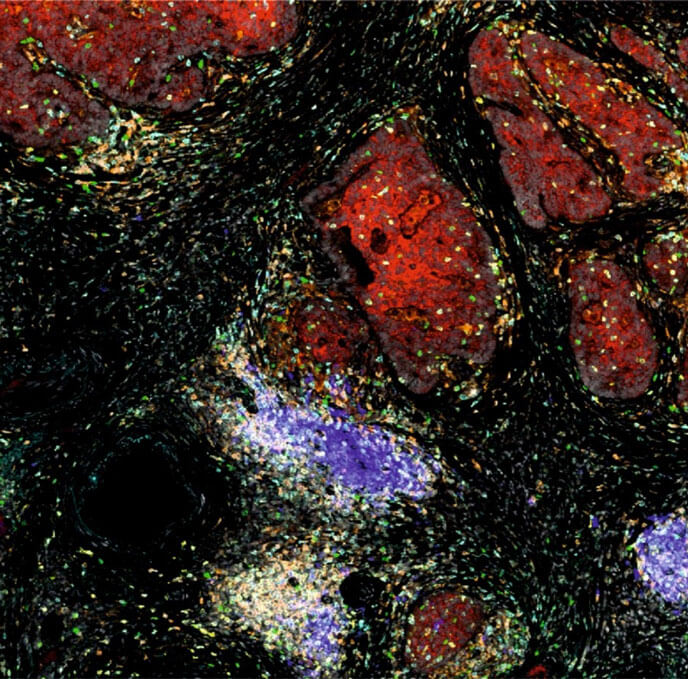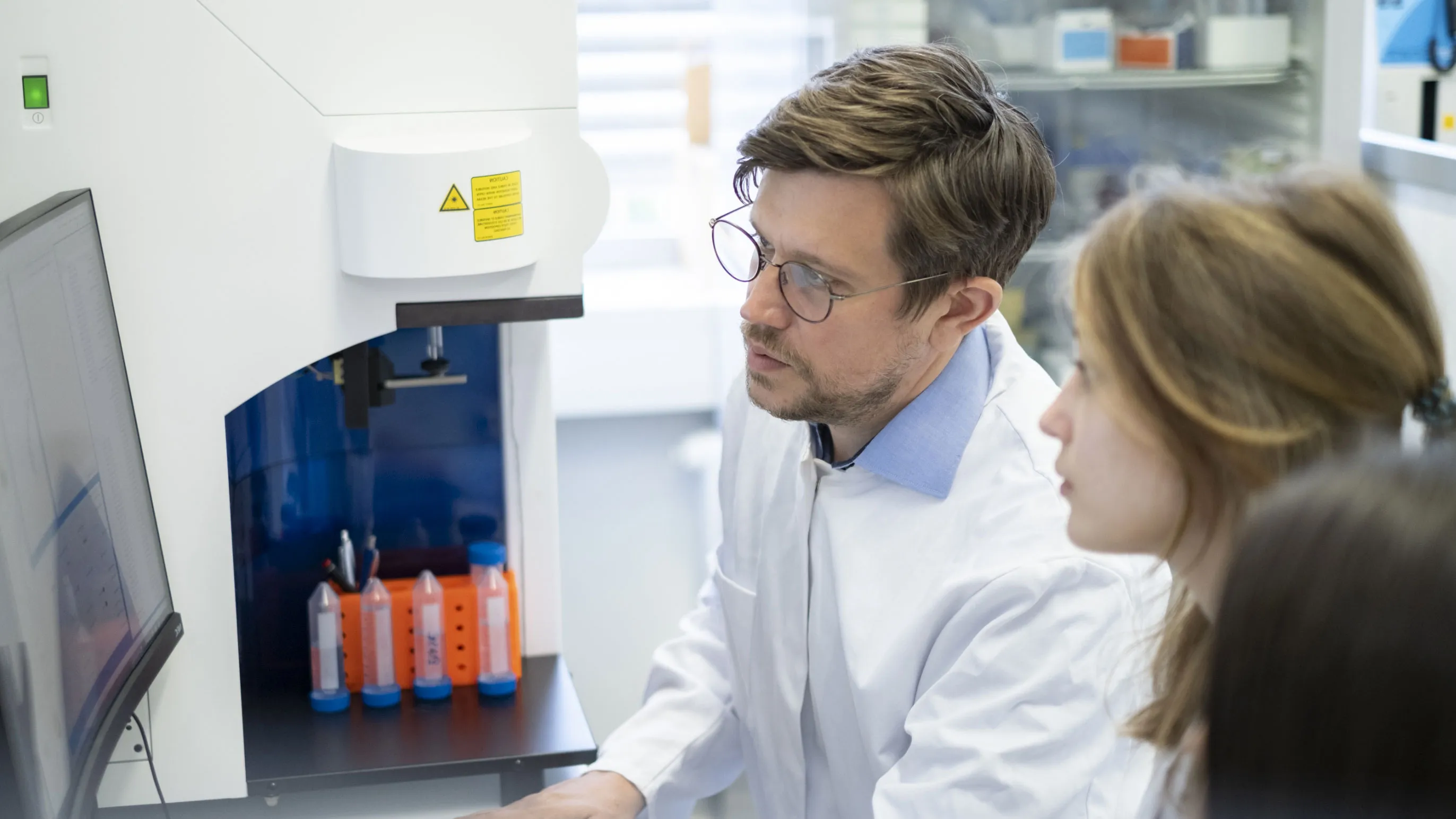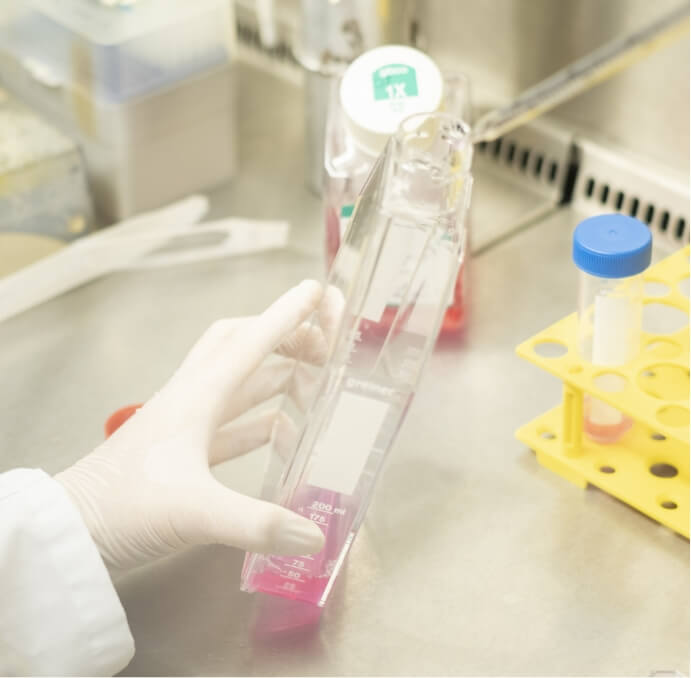
Our Mission
We aim at unravelling (patho)biochemical signatures of inflammatory disorders, from basic mechanisms to translational applications. Working in close cooperation with clinicians, our multidisciplinary team focuses on
- basic mechanisms of inflammation, from onset to resolution
- understanding the pathogenesis of transient and chronic inflammatory diseases, including cancer
- the crosstalk of innate immune cells with their ever changing microenvironment
- contributing to the development of new life-saving drugs that improve the quality of life
Detailed information on our research topics is provided below.

